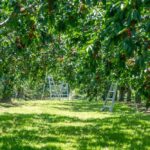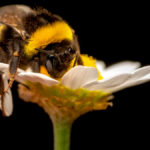Reuters — Washington state eradicated its first Asian giant hornet nest of the year by vacuuming out 113 worker hornets and removing bark and decayed wood near the nest, Washington […] Read more
1.

Nest found in northwestern county near B.C. border

Invasive species remains threat to bees, honey producers

COVID-related coverage held over for 2021 program year

One nest found last month in neighbouring U.S. town

Findings suggest some were able to overwinter

Ontario technology gets U.S. approval for bio-fungus delivery by bees


Dancing Bee is a rapidly growing supplier of all things honey. Here’s how they got there

Sixty plots will be established at the edges of farms after two years of the program

Health Canada ruling yet to come on safety for aquatic insects